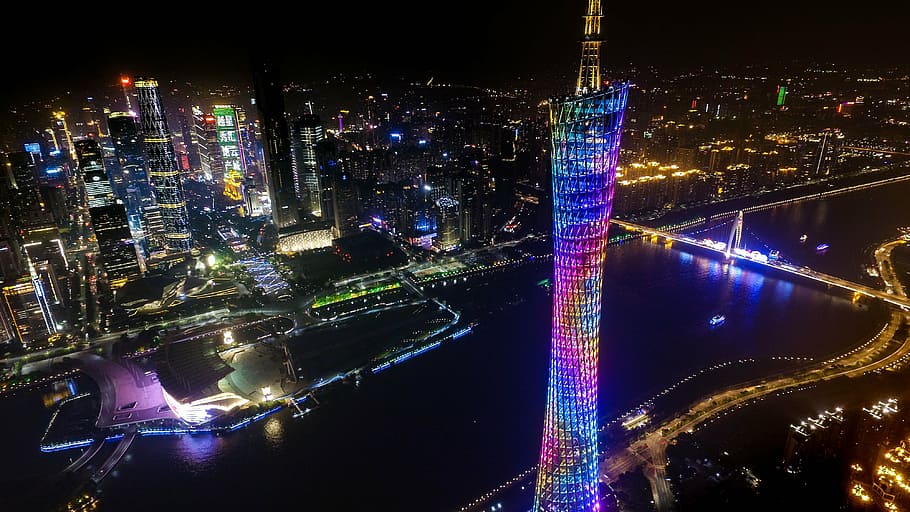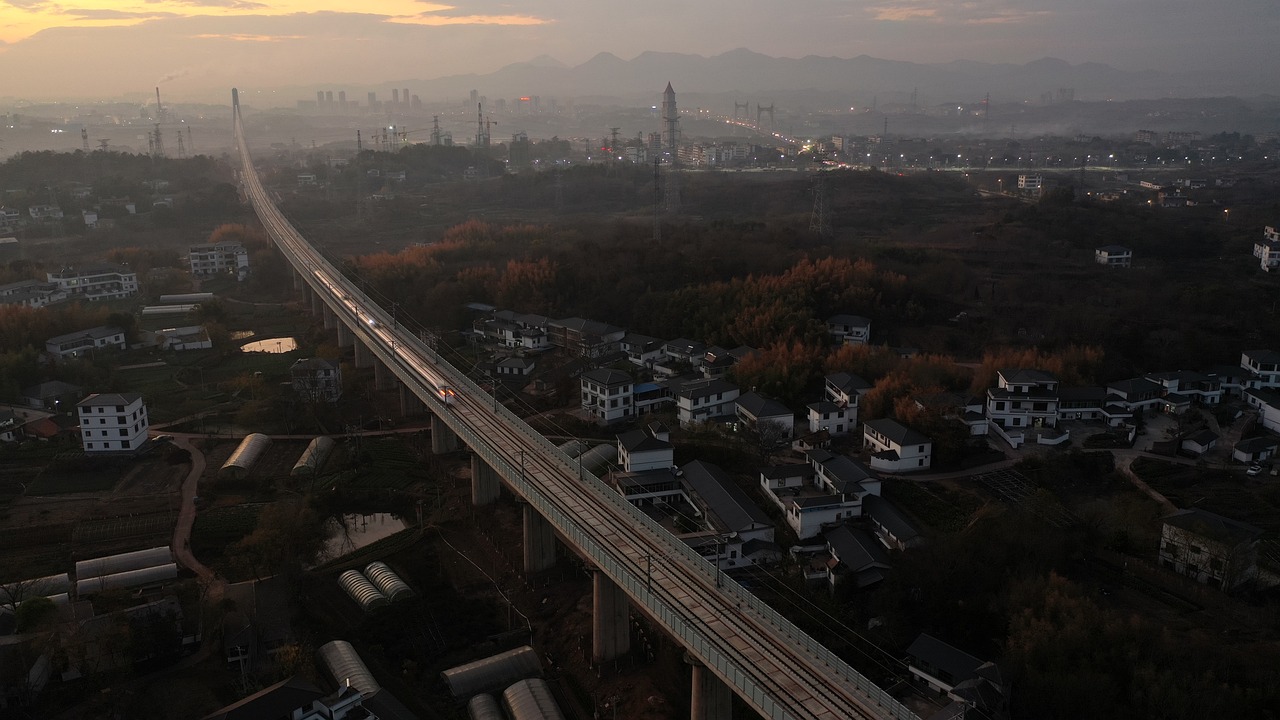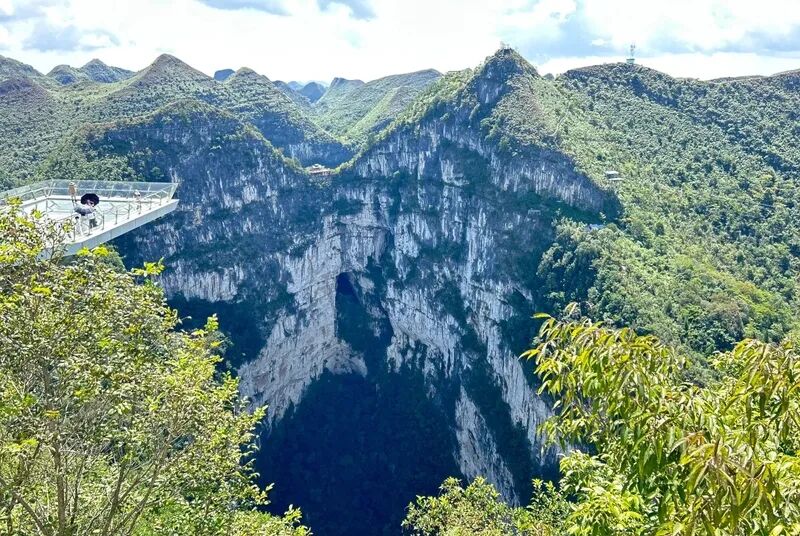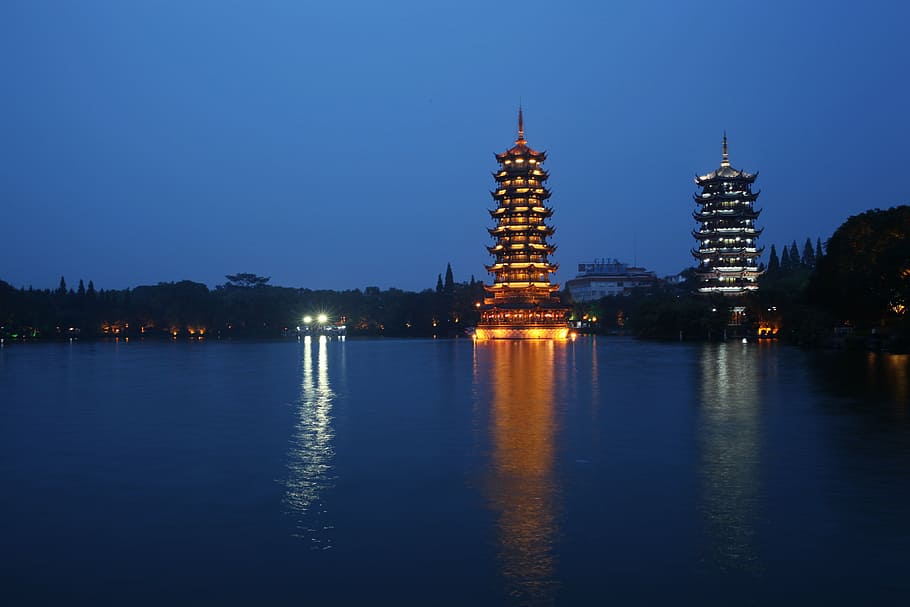China After Dark An Urban Nightlife Guide from the Bund to Teahouses When the sun sets over China's cities, a vibrant China nightlife scene awakens. Many visitors focus solely on daytime sightseeing,…
China After Dark An Urban Nightlife Guide from the Bund to Teahouses





